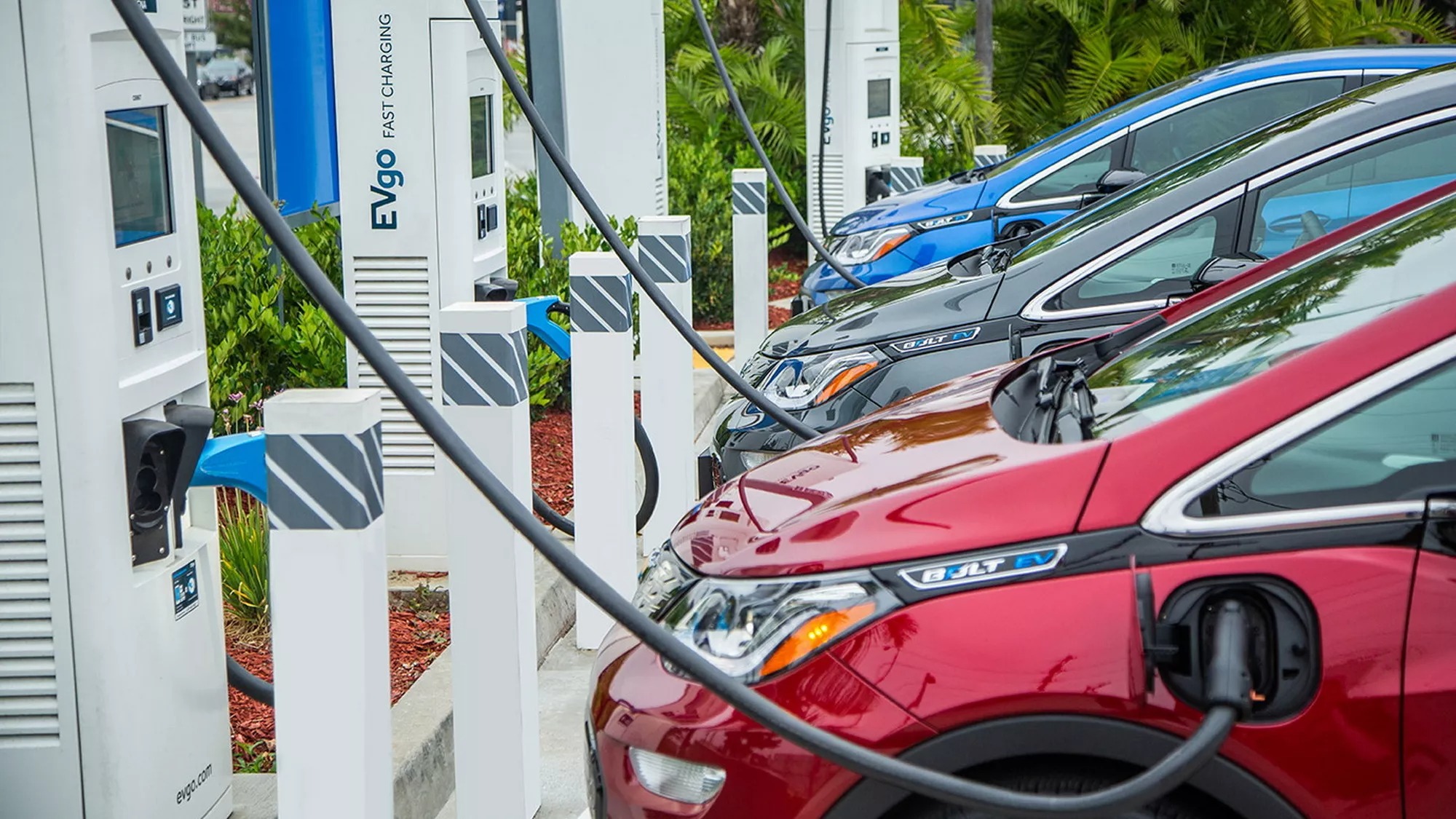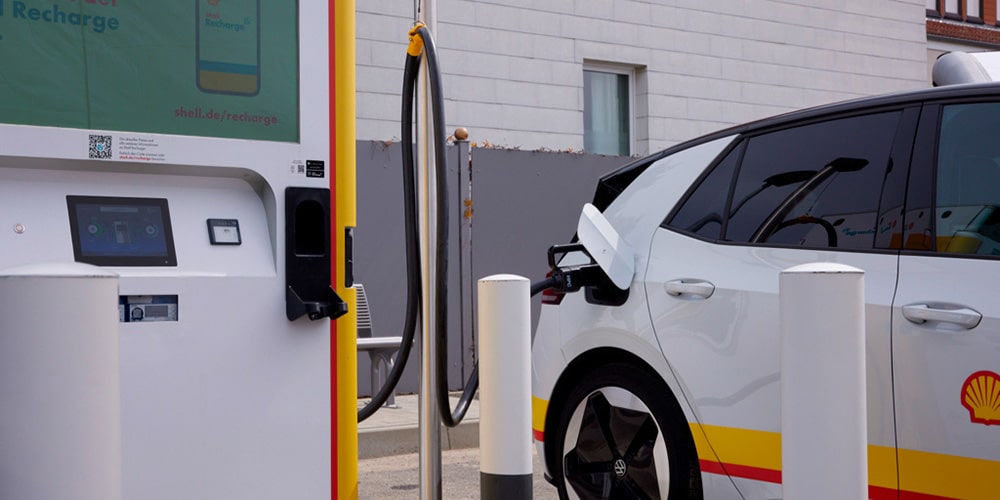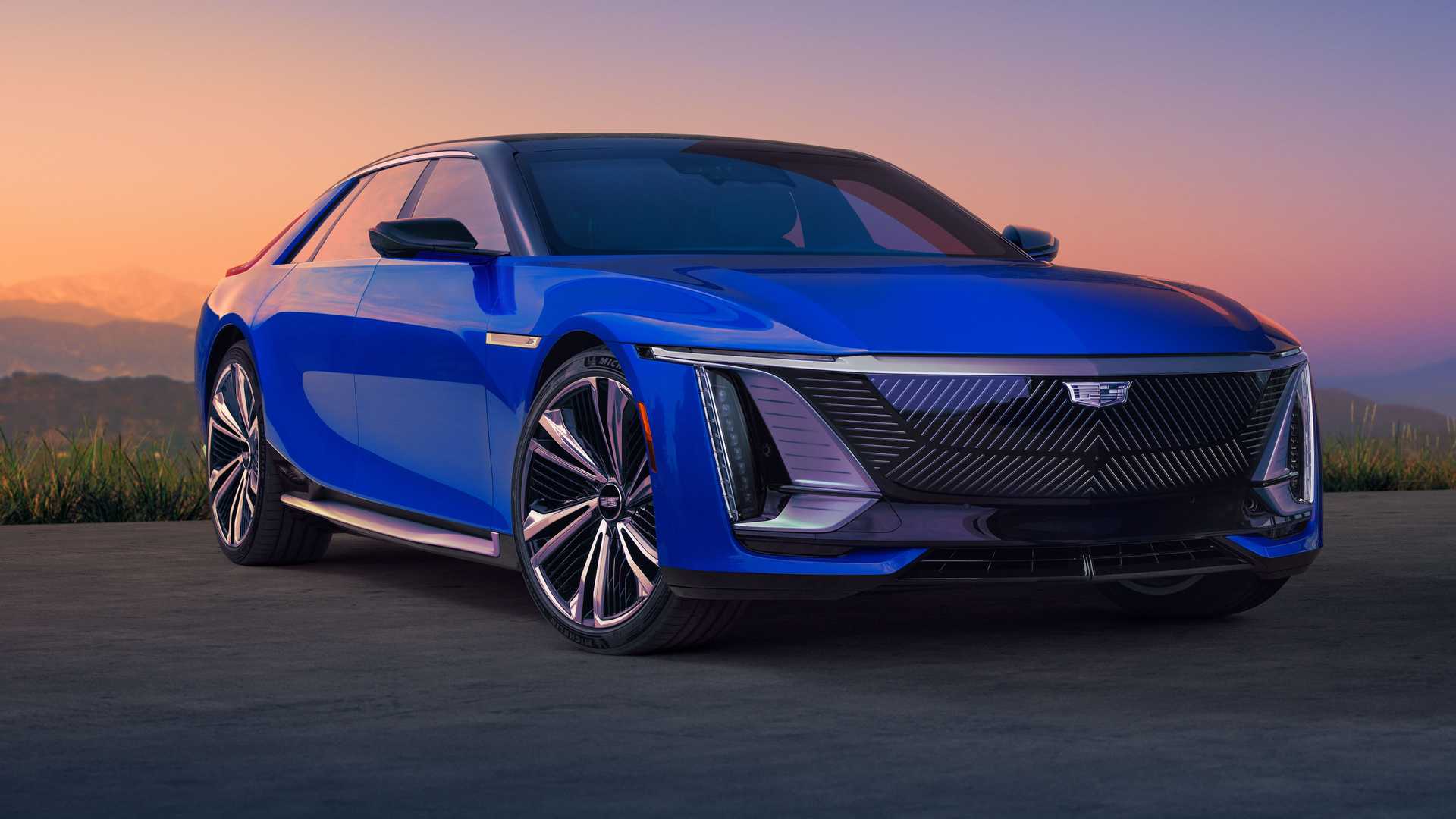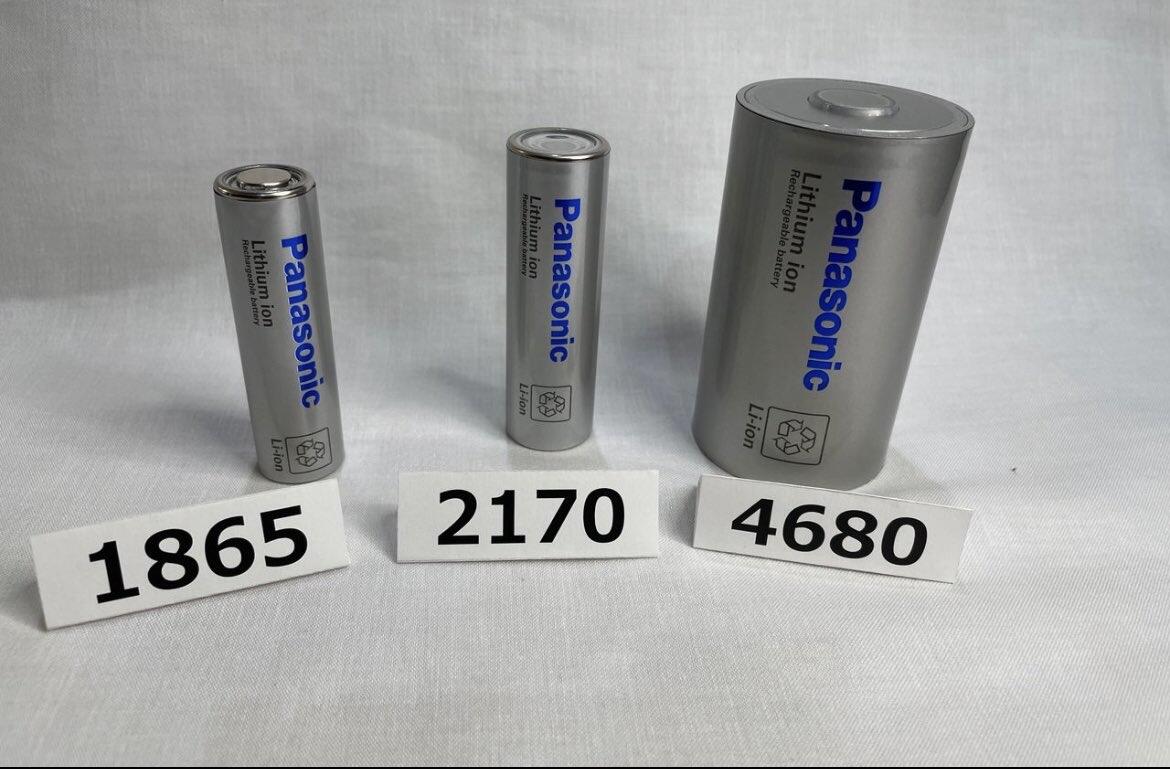A recent study conducted by the National Renewable Energy Laboratory, sponsored by the U.S. Energy Department, reveals that the United States will require approximately 28 million public and private charging ports if there are 33 million plug-in electric vehicles (PEVs) on American roads by 2030.
The comprehensive study finds that meeting the increasing demand for electric vehicle charging will necessitate the installation of 26.8 million Level 1 and Level 2 charging ports at single-family homes, multifamily properties, and workplaces. Furthermore, the country will need 182,000 publicly accessible fast chargers along highways and in local communities, in addition to 1 million Level 2 charging ports open to the public near residential areas and workplaces.
See also: EPA to Invest $4 Billion for Developing Clean Ports and Heavy-Duty Vehicle Programs
The scale of this charging infrastructure expansion naturally calls for significant investments. The study estimates that cumulative investments for privately accessible Level 1 and Level 2 charging ports could range from $22 billion to $72 billion. An additional $27 billion to $44 billion will be required for publicly accessible fast charging ports, while $5 billion to $11 billion is needed for publicly accessible Level 2 charging ports. Notably, the study does not factor in costs for grid upgrades and distributed energy resources.
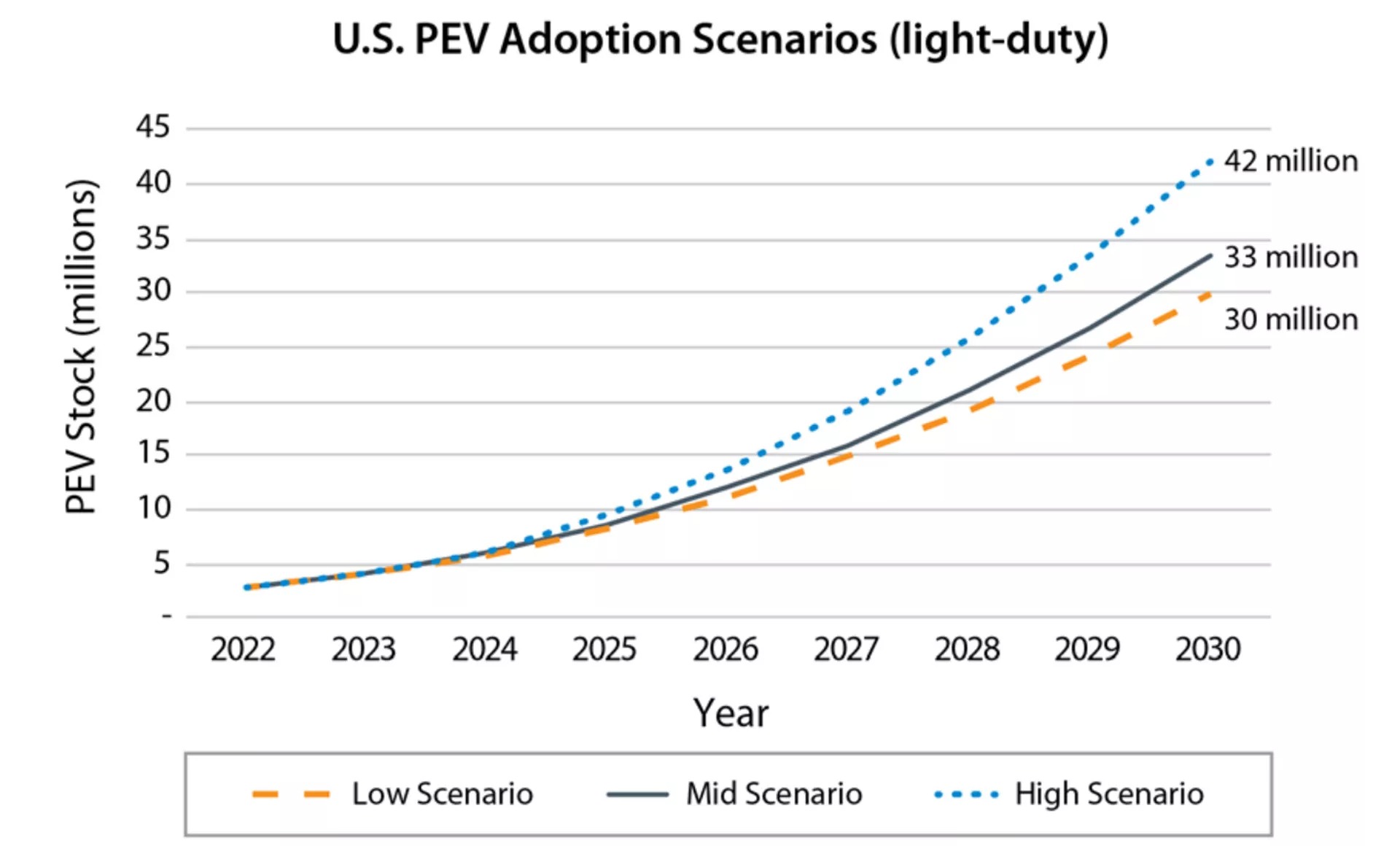
As of March 2023, approximately $23.7 billion in capital has been earmarked for publicly accessible light-duty charging infrastructure in the U.S. through the end of the decade. This funding stems from private firms, federal, state, and local governments, as well as electric utilities.
The Biden administration has already established an ambitious goal of constructing a national network of 500,000 public chargers by 2030. Currently, the country boasts 140,755 charging ports accessible to the public.
The study’s projections regarding PEV sales are based on analyst forecasts, which suggest that electric vehicles could make up 48% to 61% of the U.S. light-duty market by 2030. As of early 2023, new PEV sales accounted for 7% to 10% of the overall U.S. light-duty market.
See also: US Government Allocates $1.7 Billion to Double Zero-Emission Transit Fleet with Electric Buses
The study acknowledges that achieving the U.S. climate goals of economy-wide net-zero greenhouse gas emissions by 2050 necessitates rapid decarbonization of the light-duty vehicle fleet. It further emphasizes that plug-in electric vehicles are poised to become the preferred technology for achieving this objective. The successful transition to electric vehicles, unprecedented in the automotive industry’s history, will require support in various areas, including robust supply chains, favorable public policy, widespread consumer education, proactive grid integration, and the establishment of a national charging network, as highlighted in the study.
In summary, the recent study sheds light on the substantial charging infrastructure requirements that the United States must address to accommodate the projected growth of electric vehicles. The findings underline the need for significant investments to facilitate the establishment of millions of charging ports across the nation, thereby supporting the transition to a greener transportation sector.

